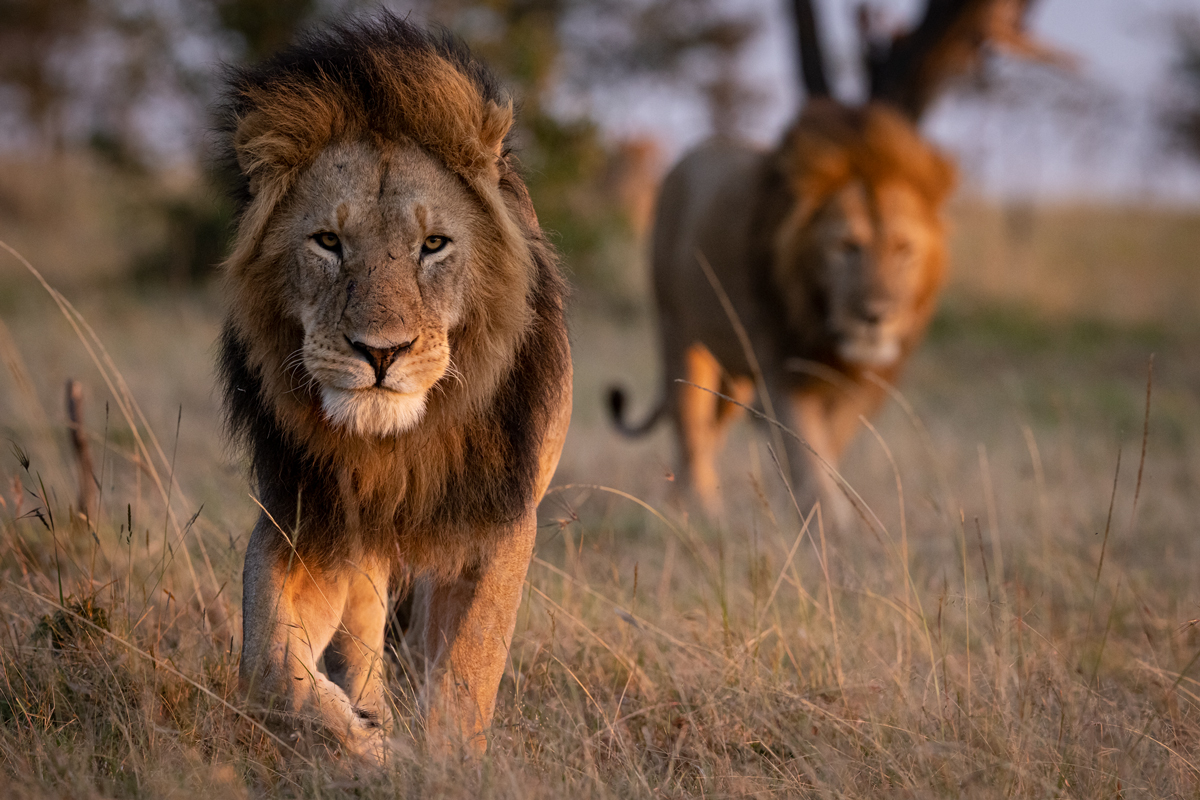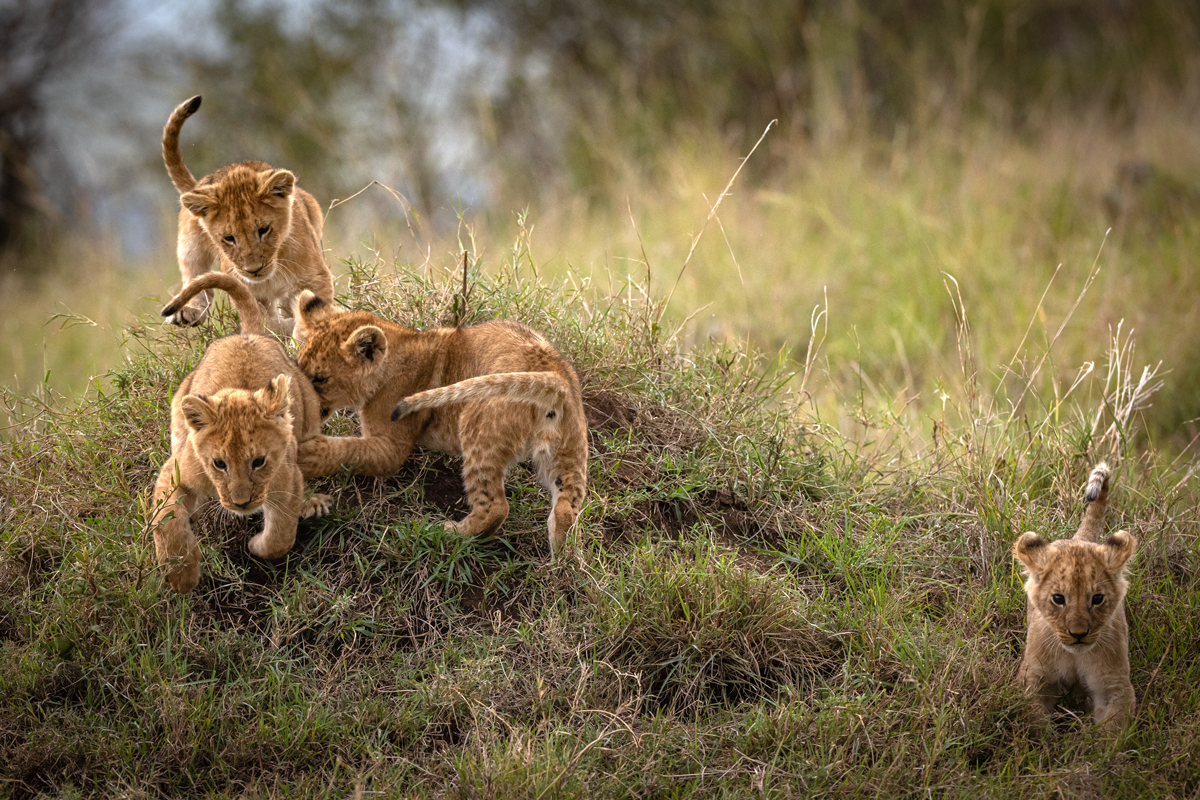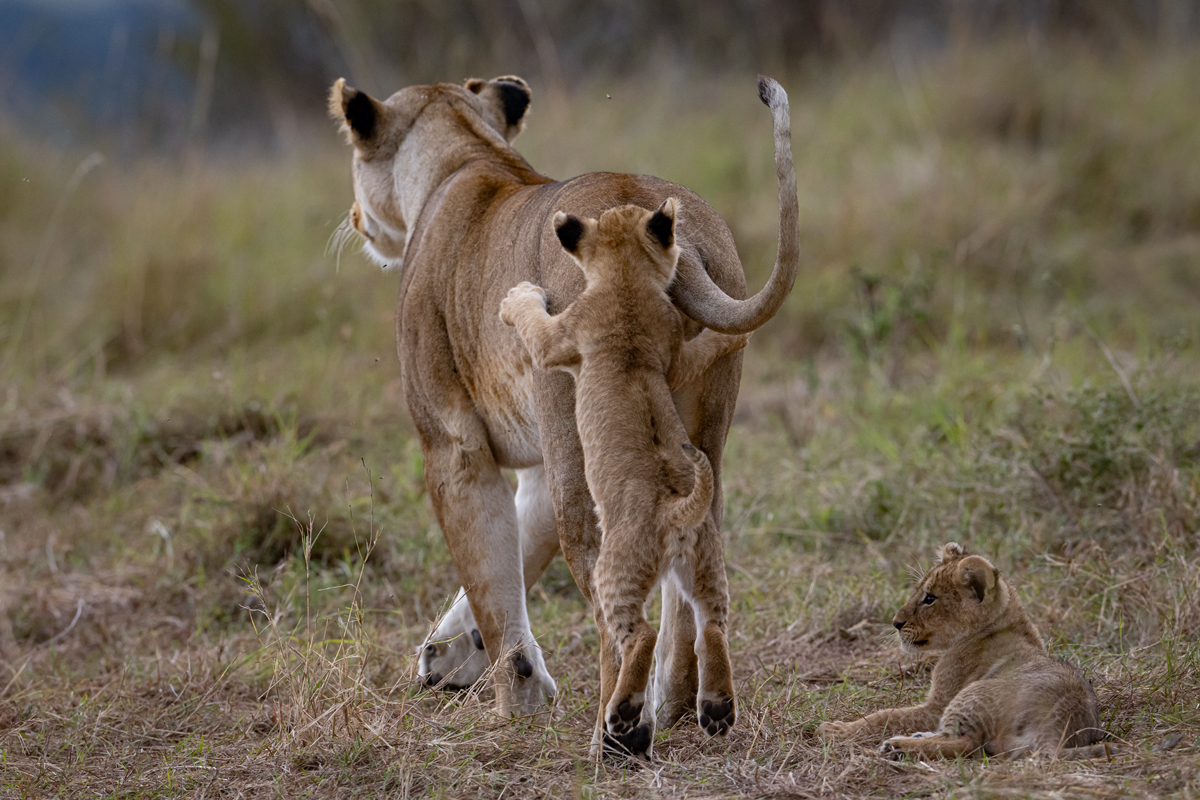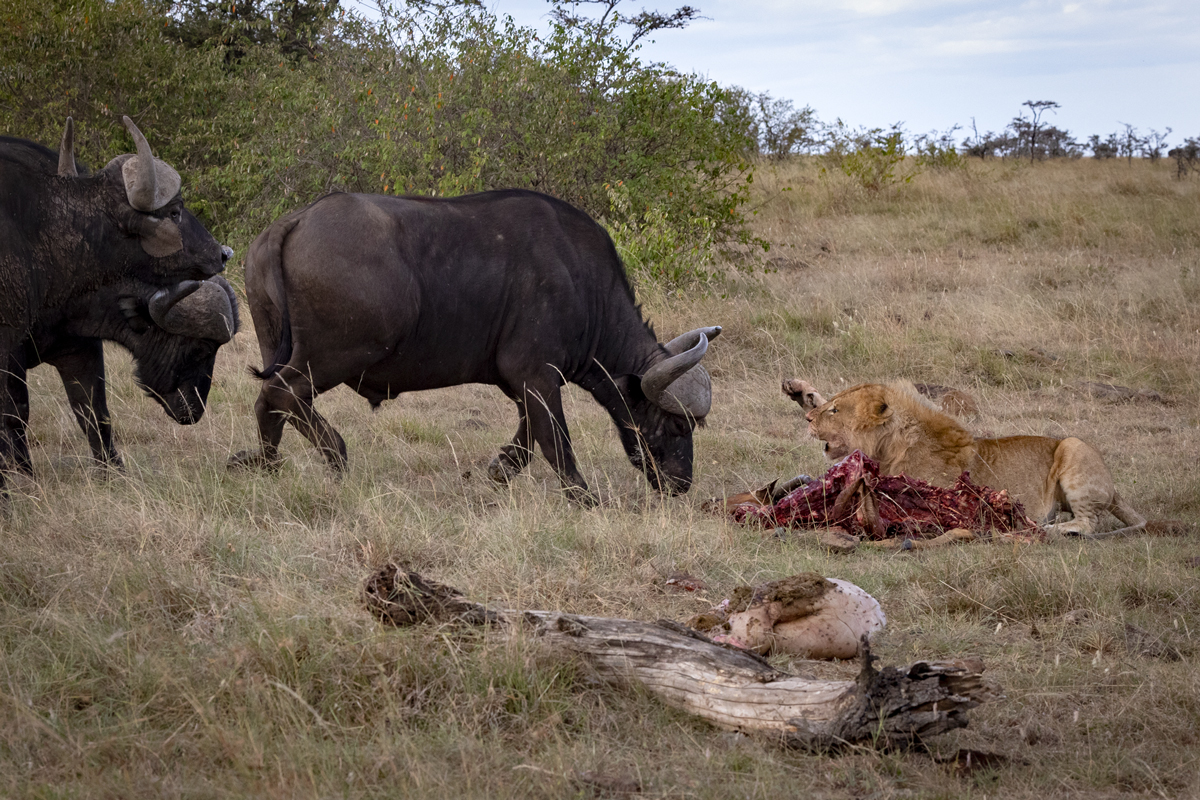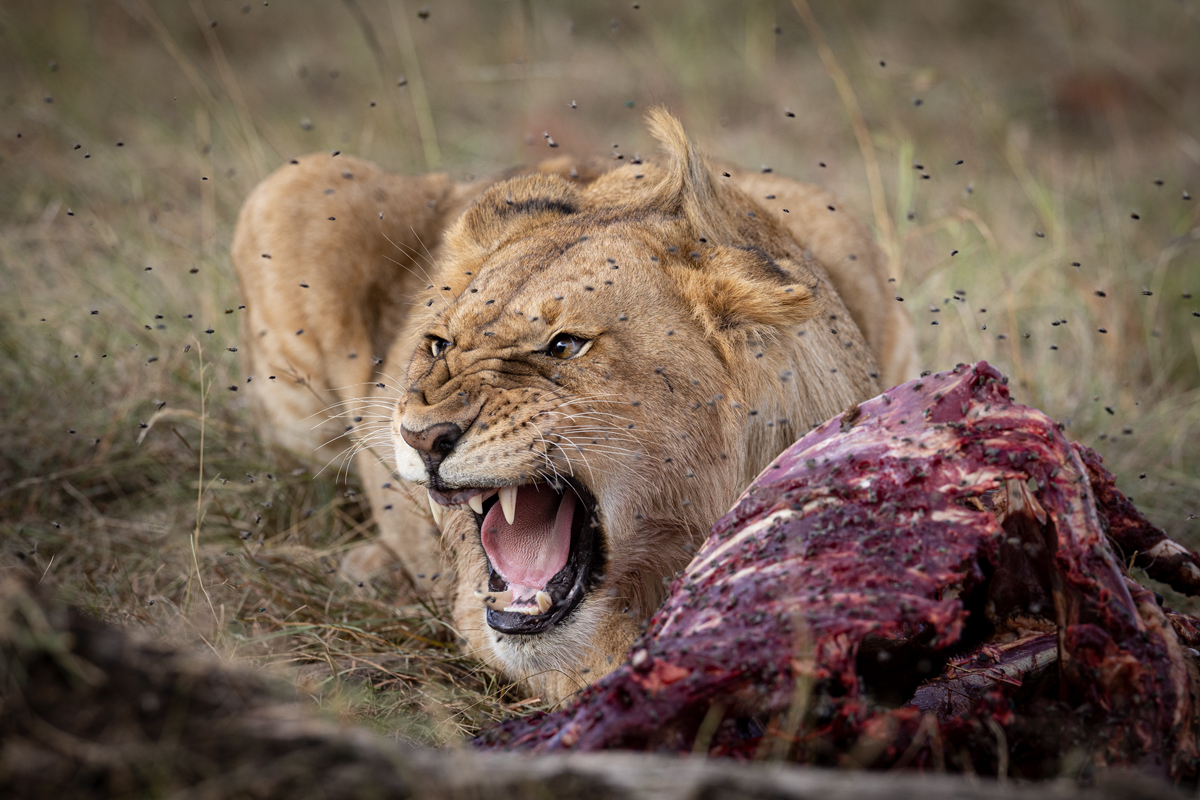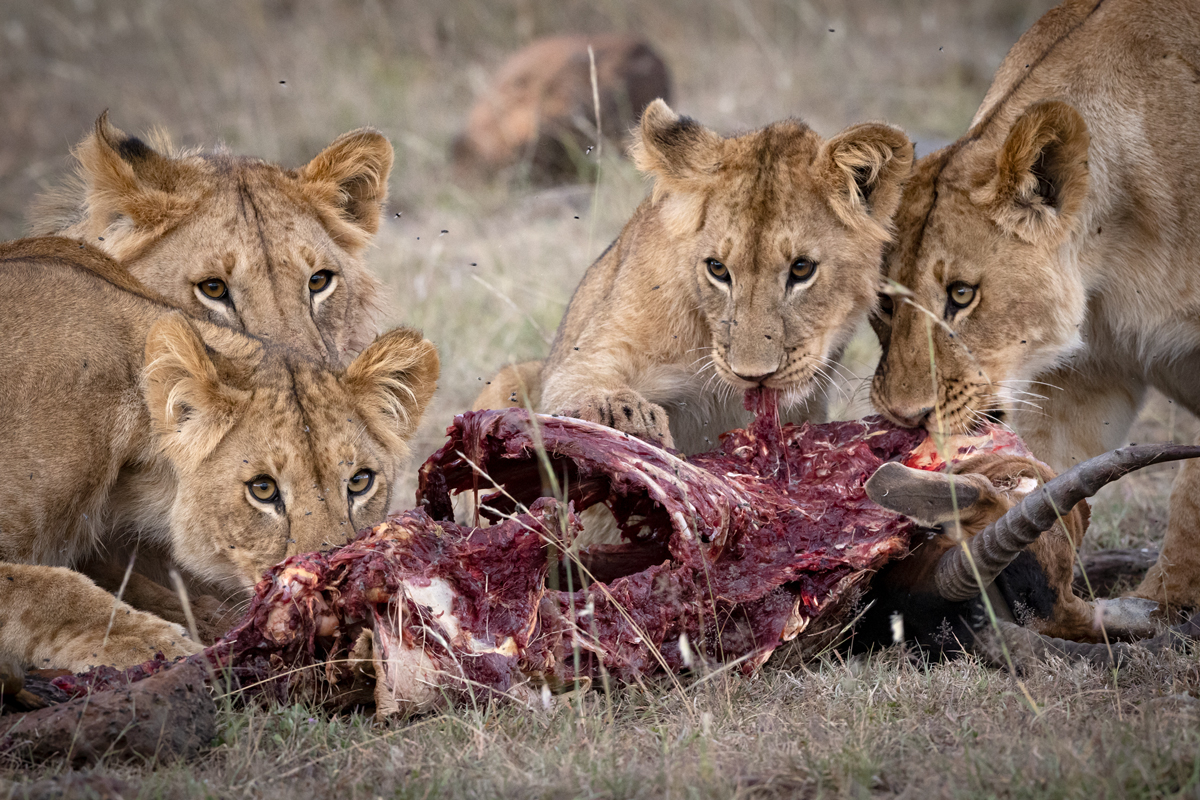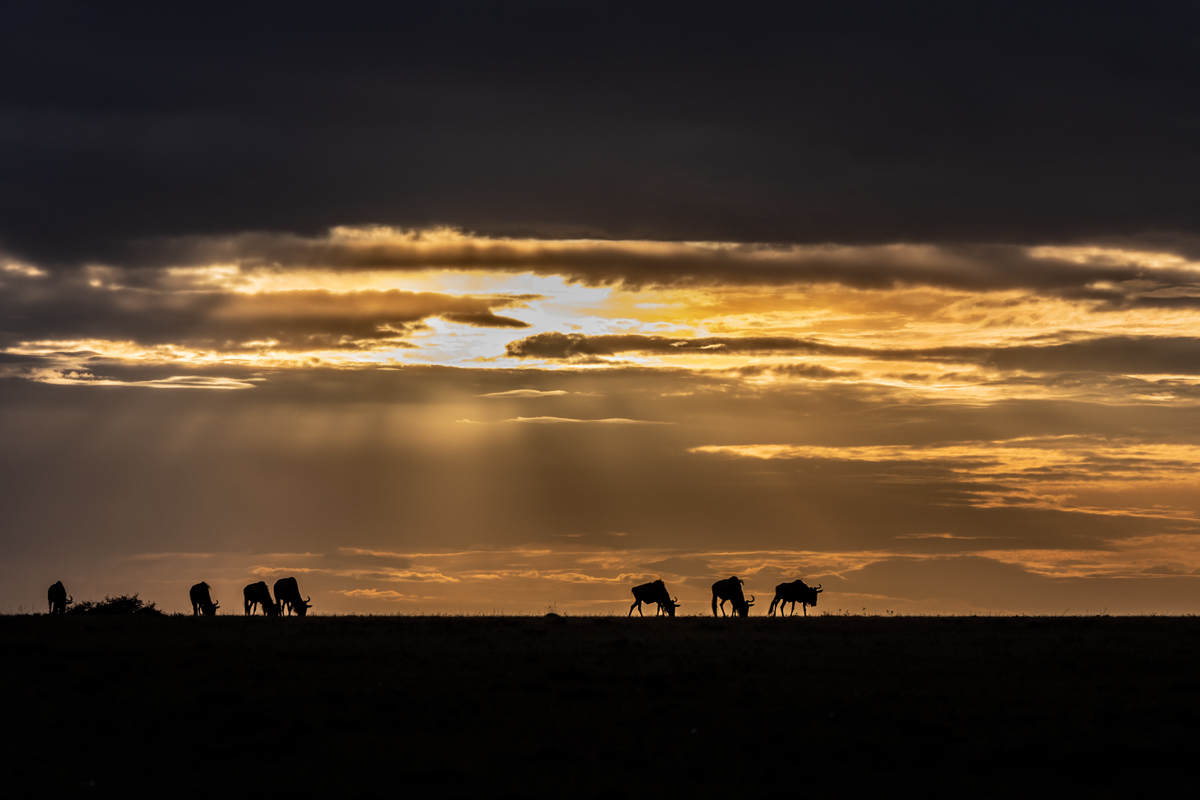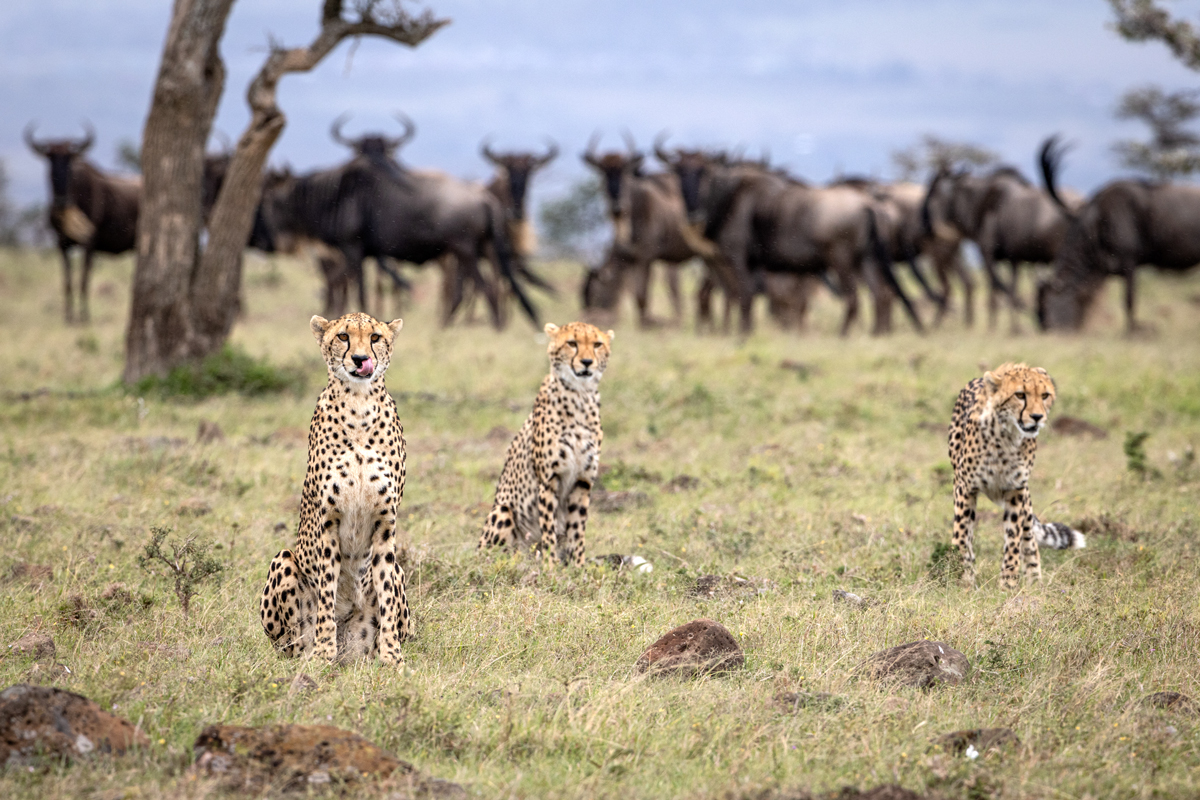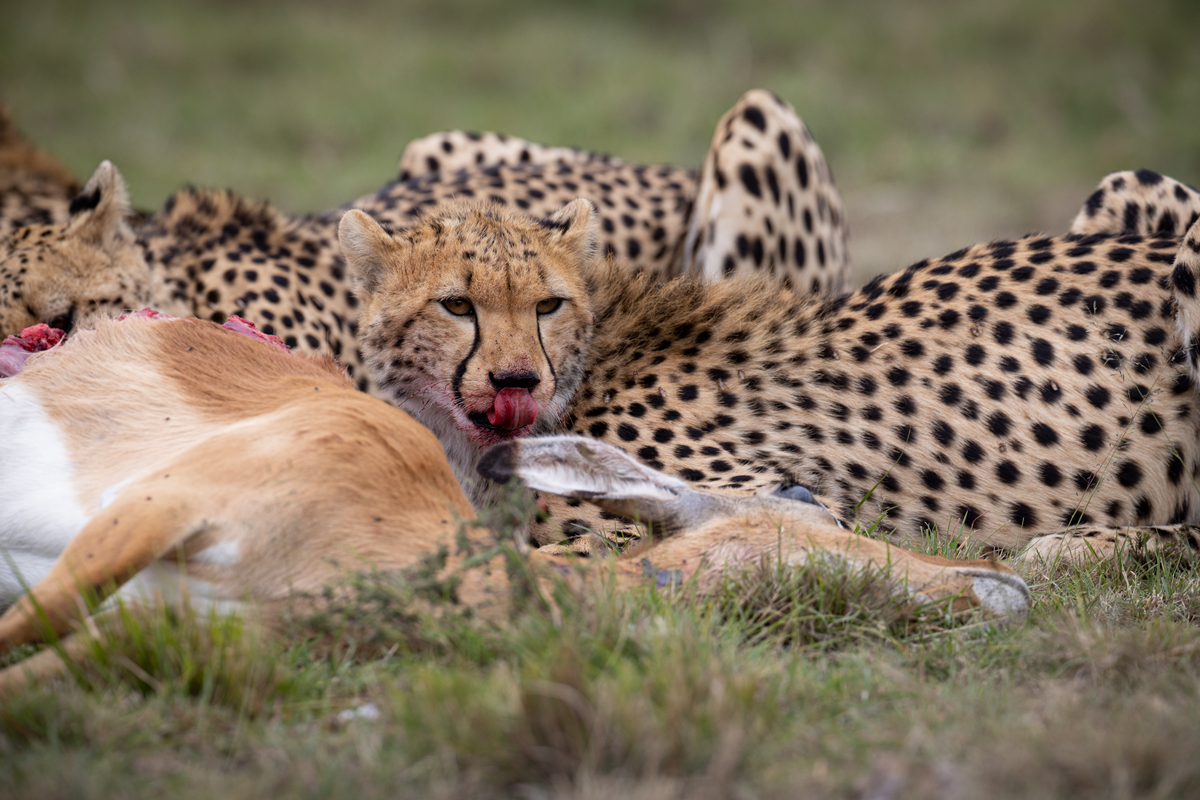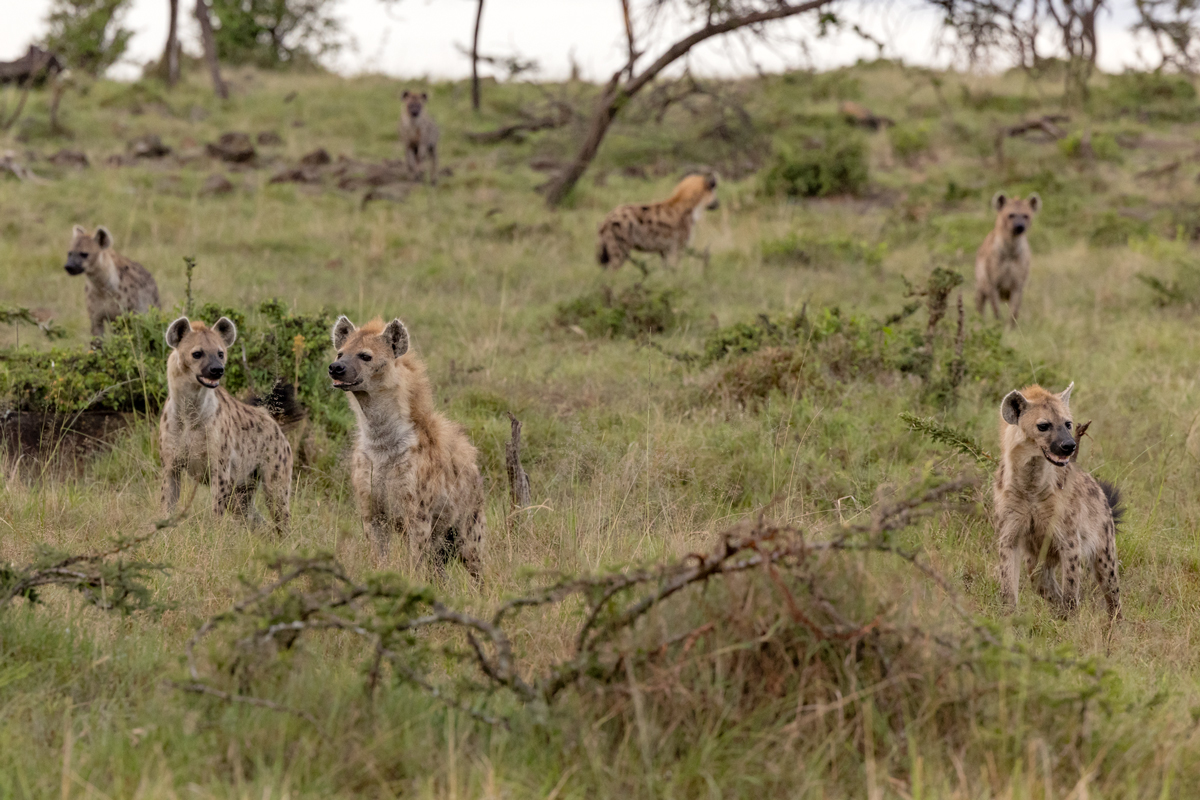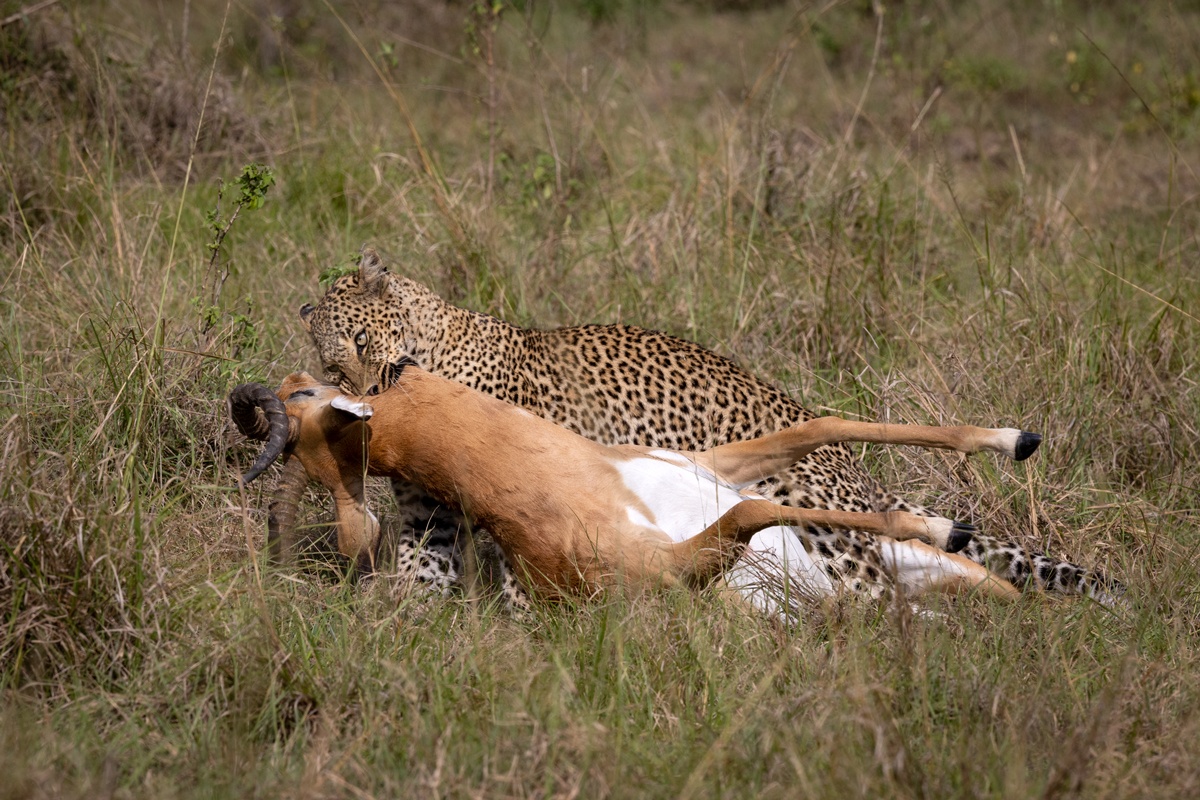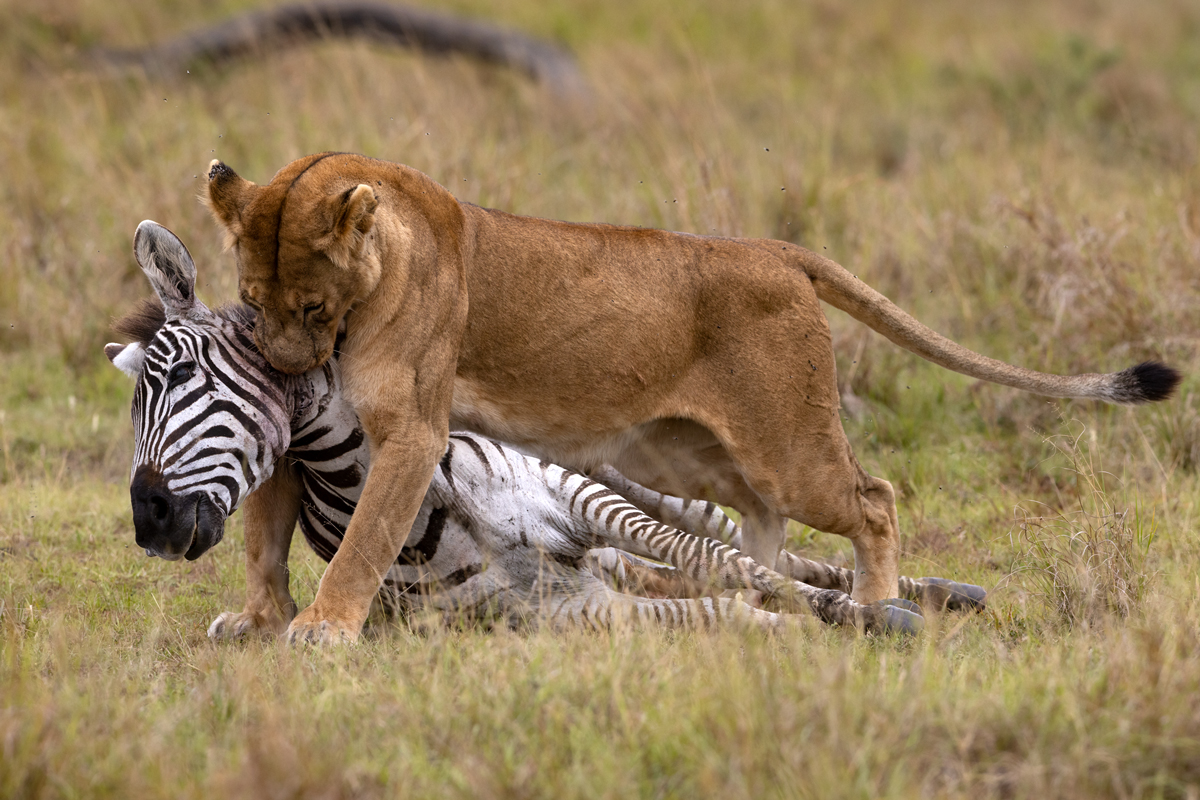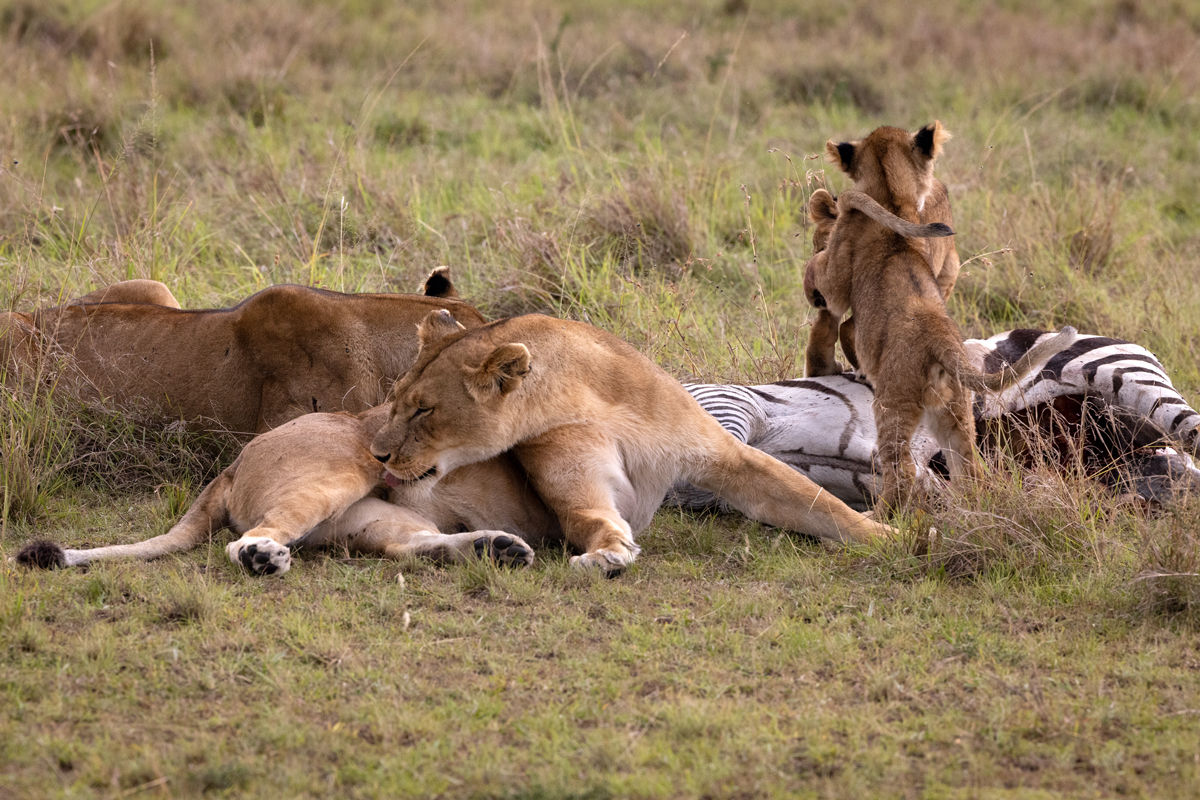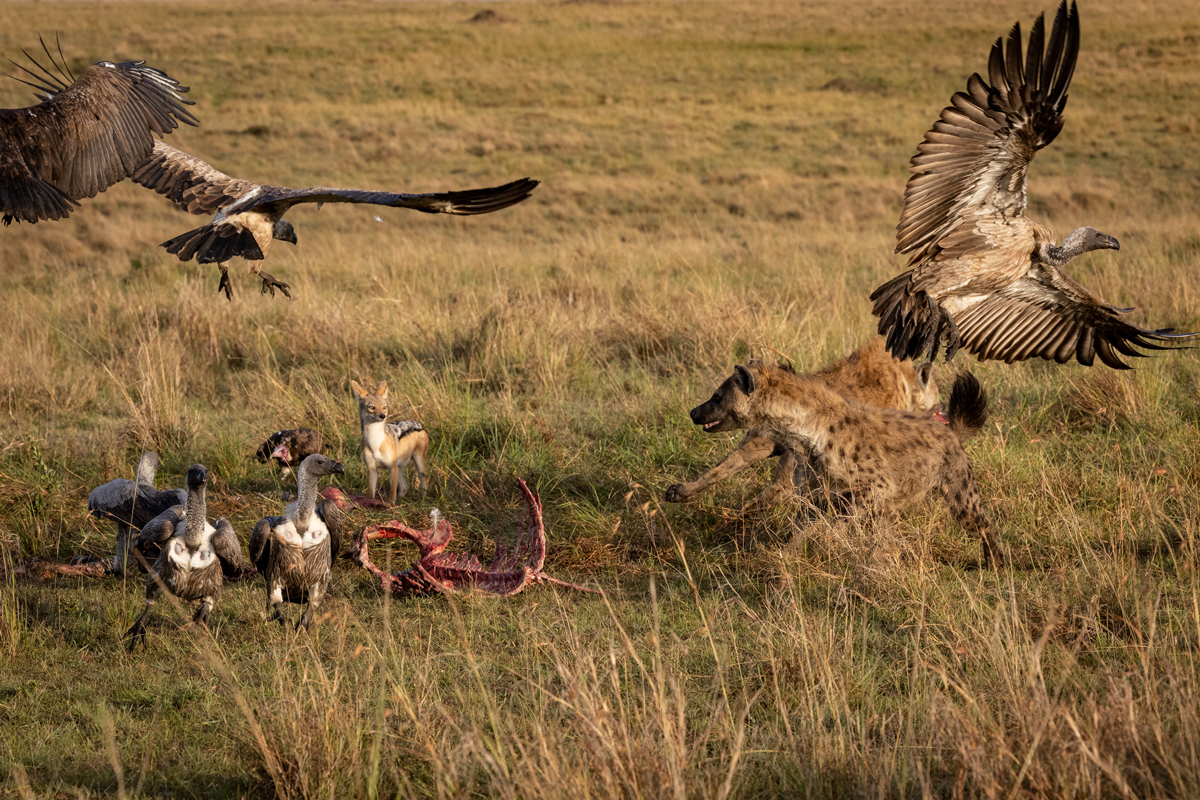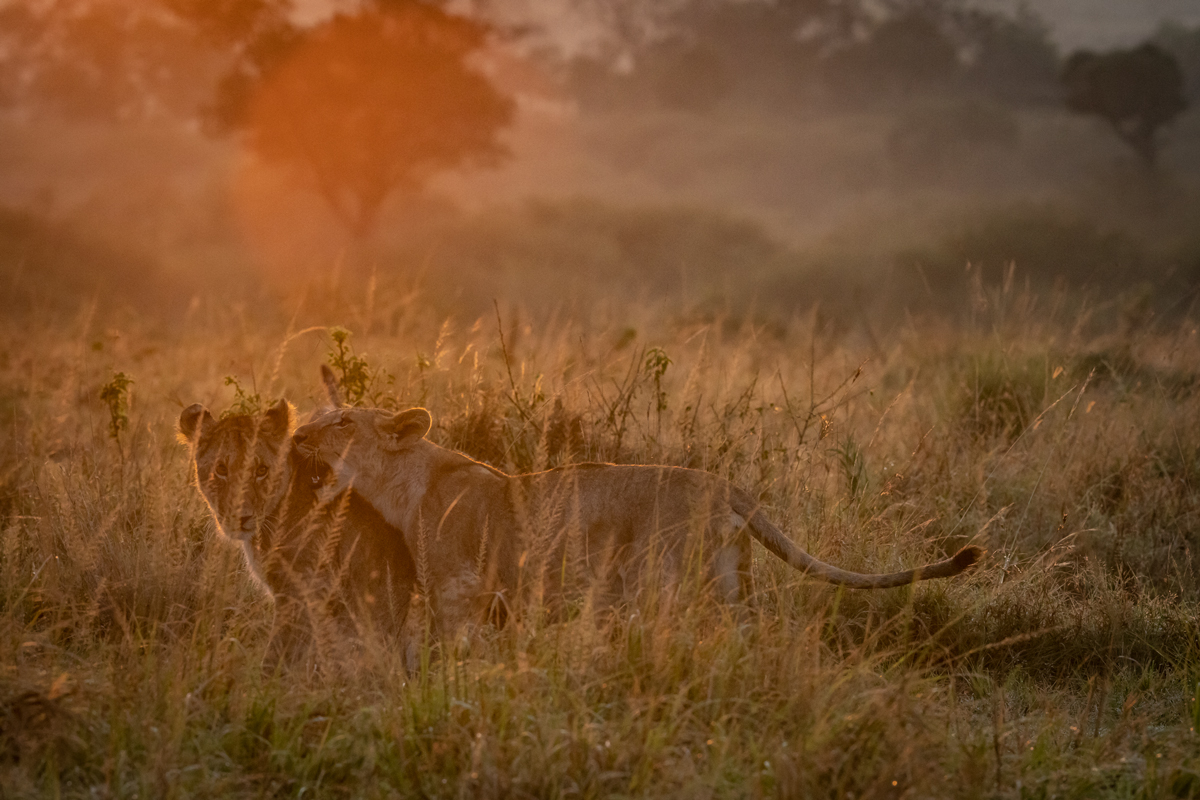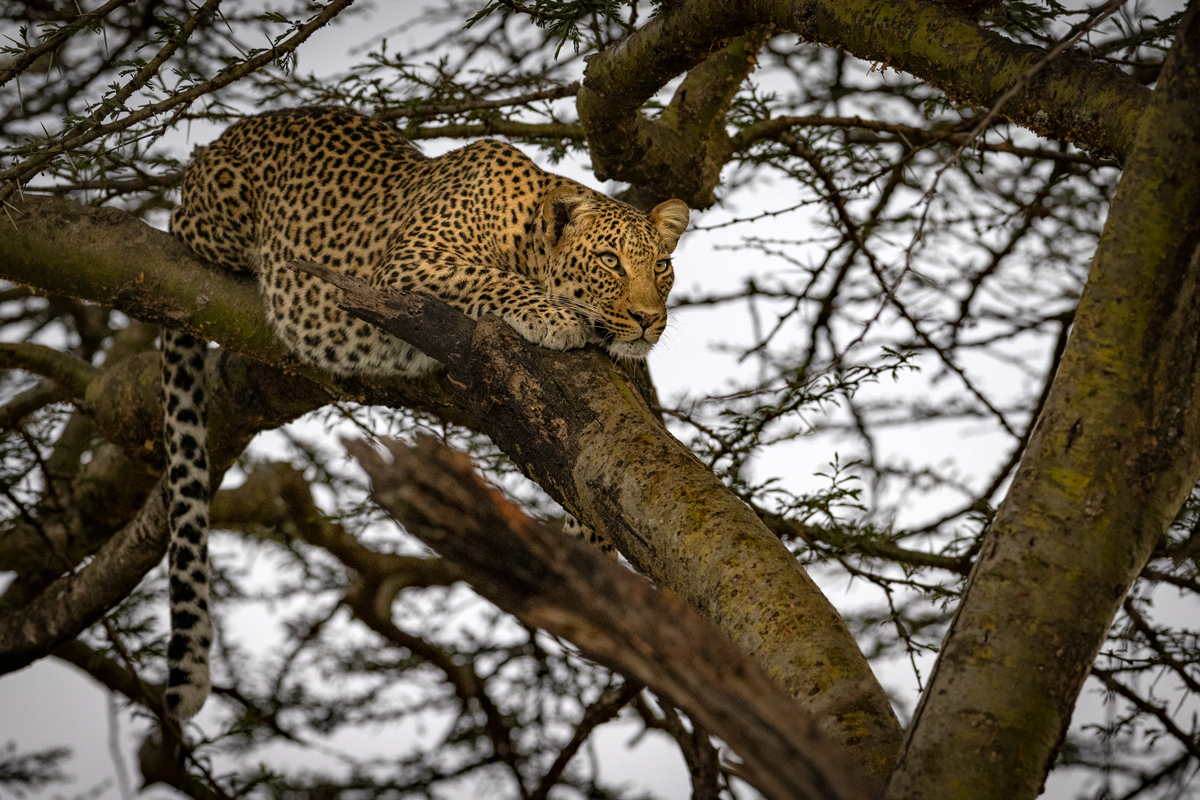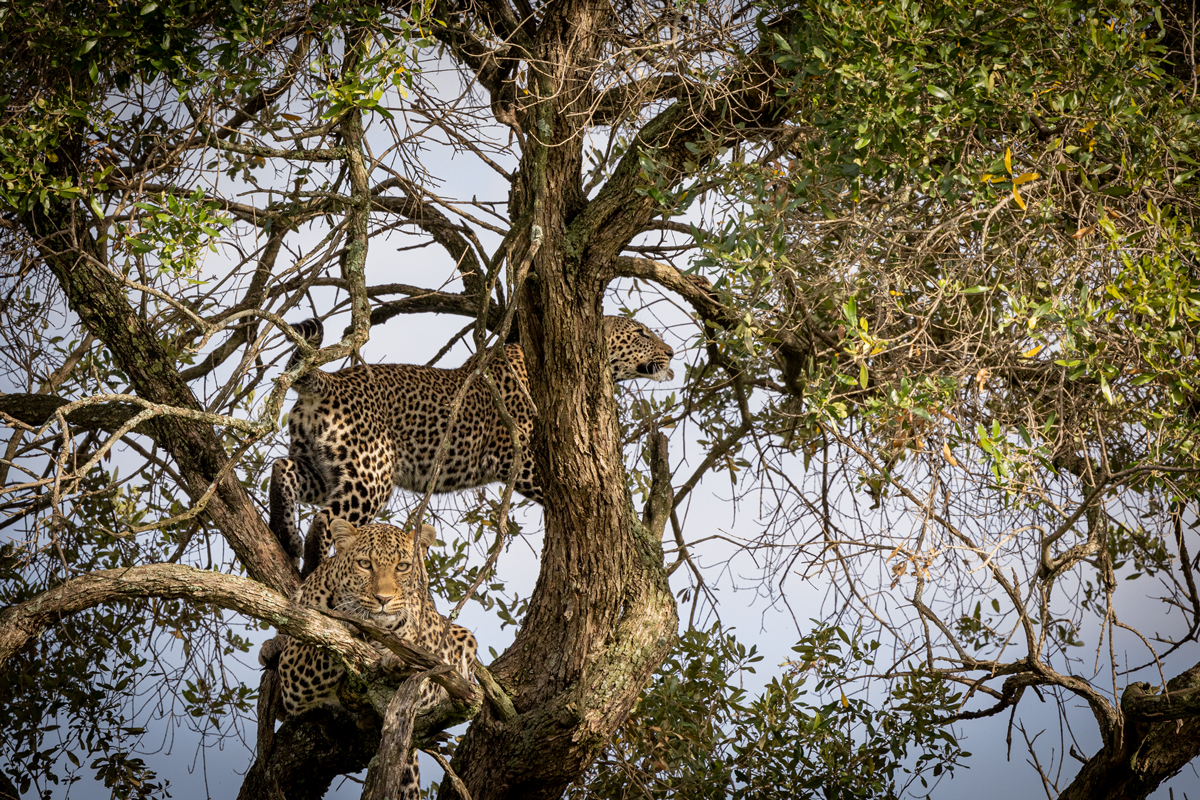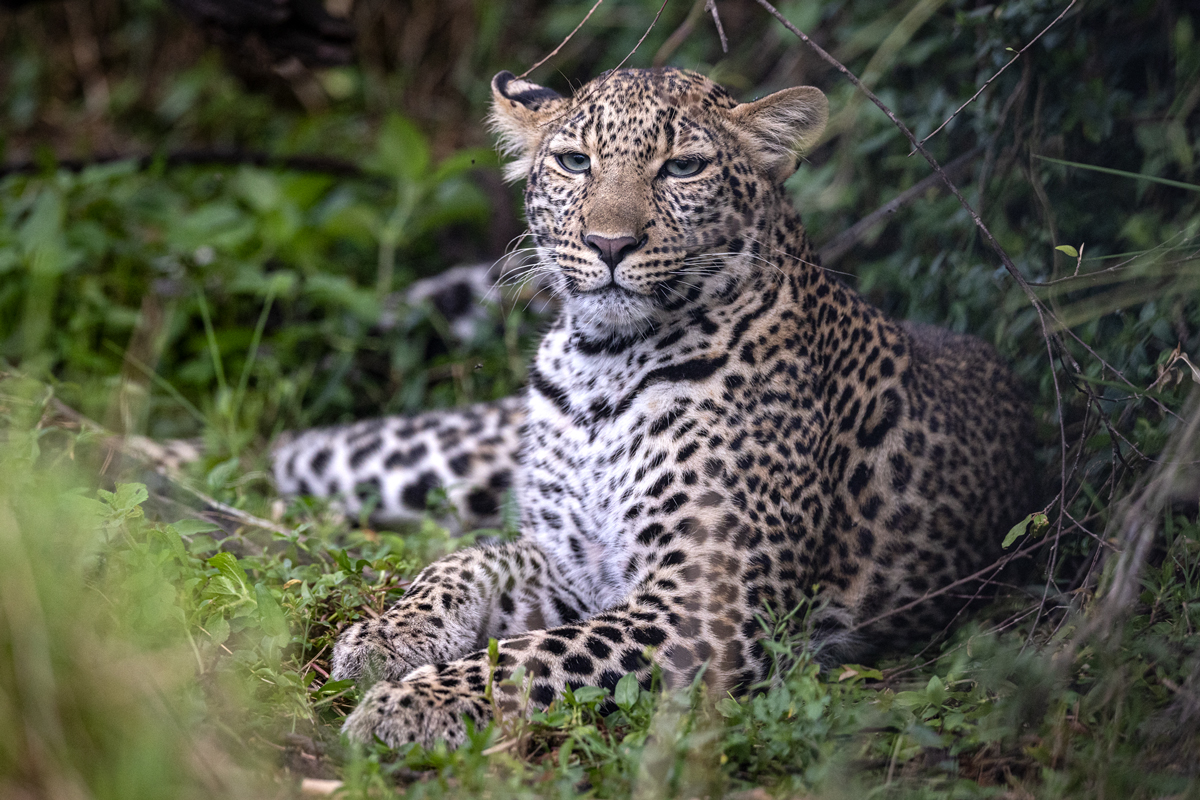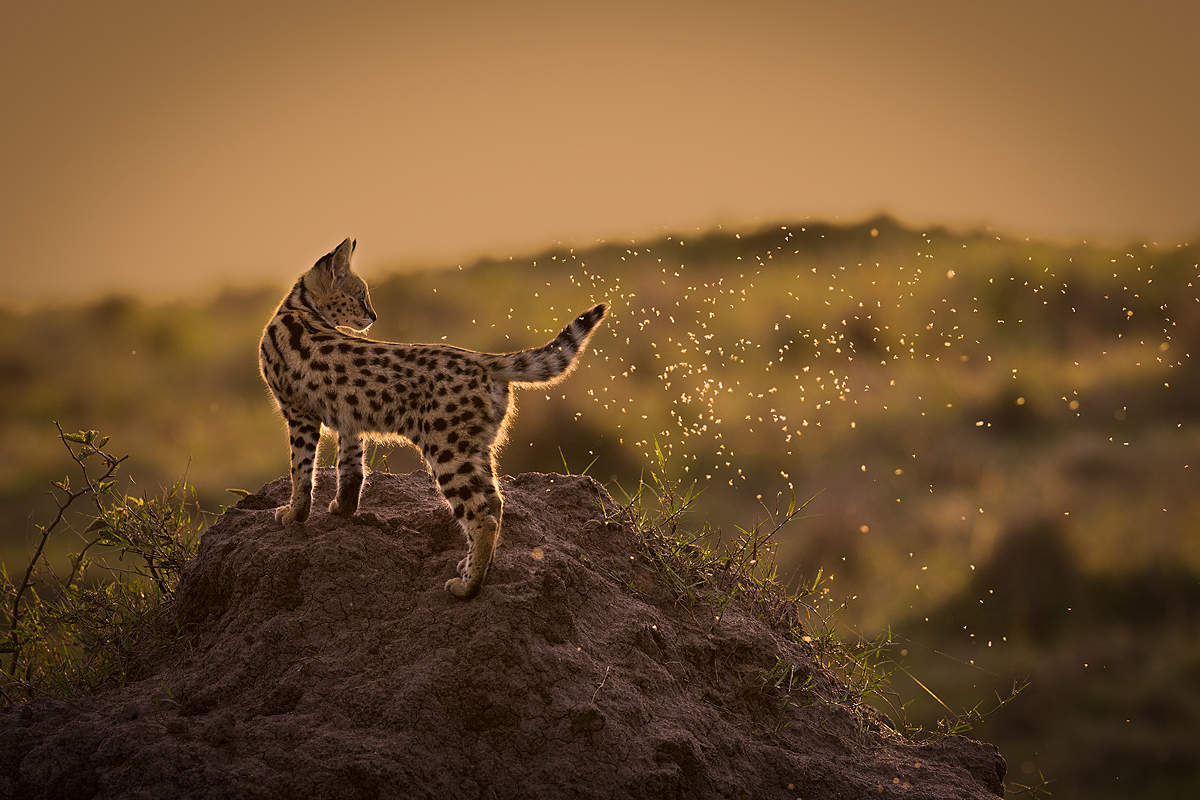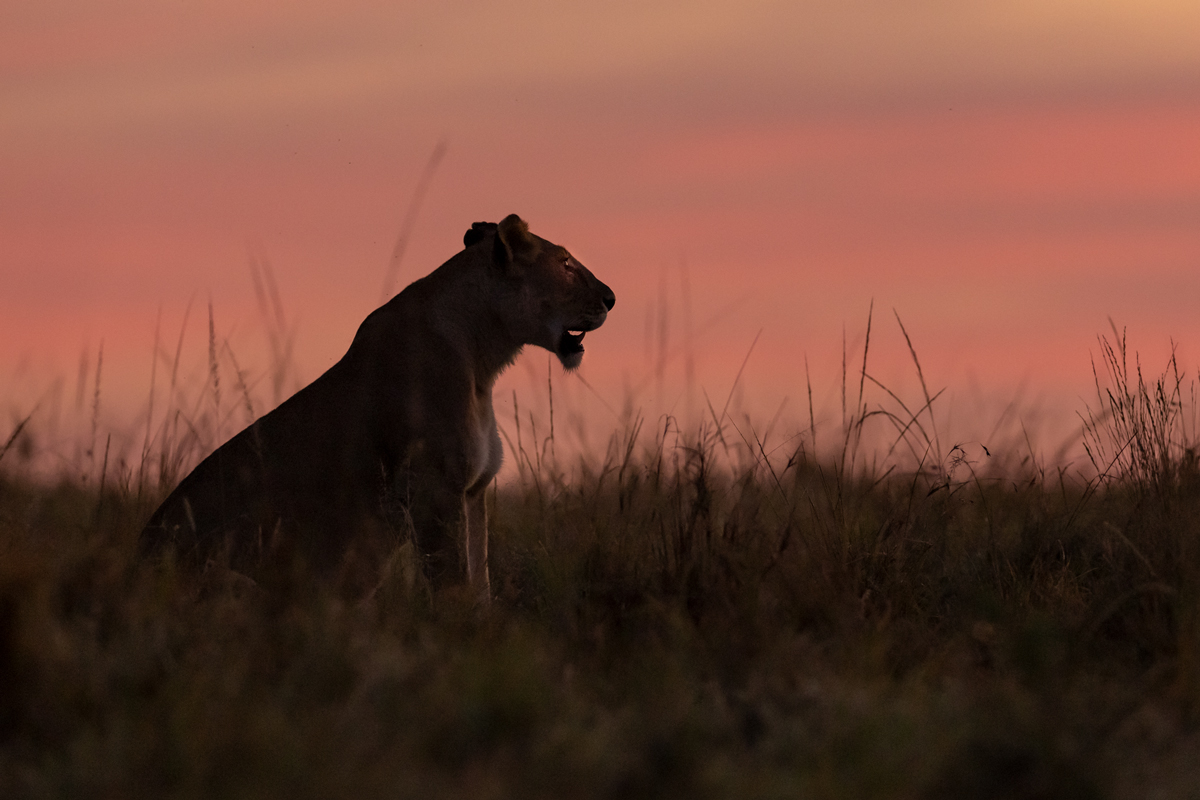Sentimental journey to the Greater Mara
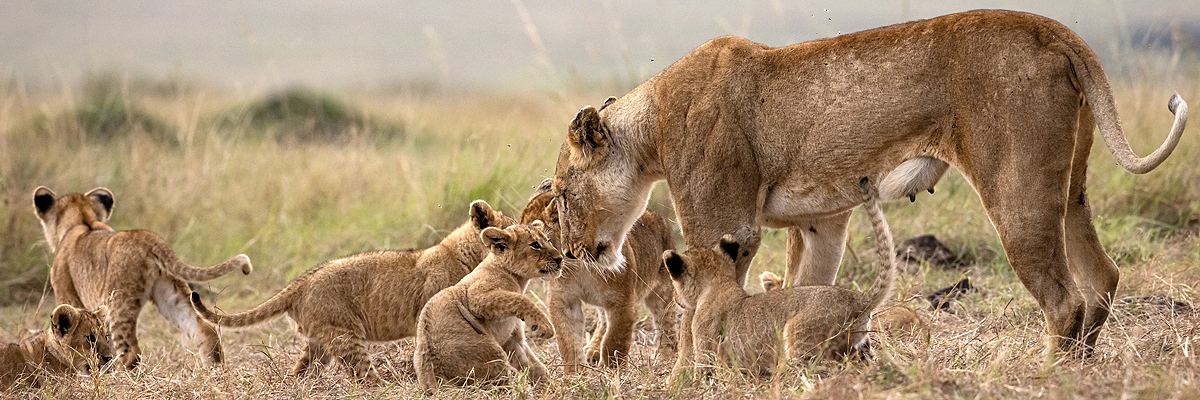
It was great to be back in Africa after the lockdowns. The last time we were in the Greater Mara was in 2015. Quite a lot has changed since then, but the sightings are still amazing. The sheer abundance of animals, especially prime predators makes it a very rewarding place for photographers. But the fact that nowadays everybody is a photographer makes it quite a challenge to enjoy sightings. The number of cars with drivers who do not seem to have proper wildlife training and are pressured by their guests to rush from sighting to sighting, depending on their network of radio- and telephone-contacts, has increased quite a bit. It has come to a point where animals are harassed and sightings are ruined by bad manners.
Meanwhile, all over the world people are beginning to see the effect of climate change on the natural world surrounding them. In Kenya the delicate balance between human interests and those of the natural world are being challenged. Covid has diminished the incomes of the tourism operators, making it hard for them to pay for the conservancy-land they lease from the local communities. In the meantime these conservancies are turning into a safe haven for animals who’s habitats are being pressured elsewhere due to overgrazing and habitat loss. The abundance of animals is great to see as a visitor. But the people who live here on a regular basis know that the big numbers of elephants, antelopes and predators mean that there is pressure elsewhere.
We did several days of walking in the Naiboshio conservancy guided by a real walking & guiding fundi. What an adventure this was. Sleeping in small dome tents, early wake ups with hot tea and porridge at the campfire and then heading off for a long beautiful walk. Back in camp we enjoyed diner around the campfire and turned in early with our boots at the foot of the bedrolls and the backpack ready for the next day. Such a special experience because you are so close to nature, something really special for us “townclowns”.
During our stay in the Mara we joined one of the researchers of the Mara Raptor Project. This organisation aims to study raptor populations to better understand trends, distribution and habits all with the aim to protect the raptors in the Mara. Birds of prey and vultures are under pressure due to a variety of reasons like poisoning, persecution and changes in the habitat. Some of their breading sites are monitored on a regular basis.
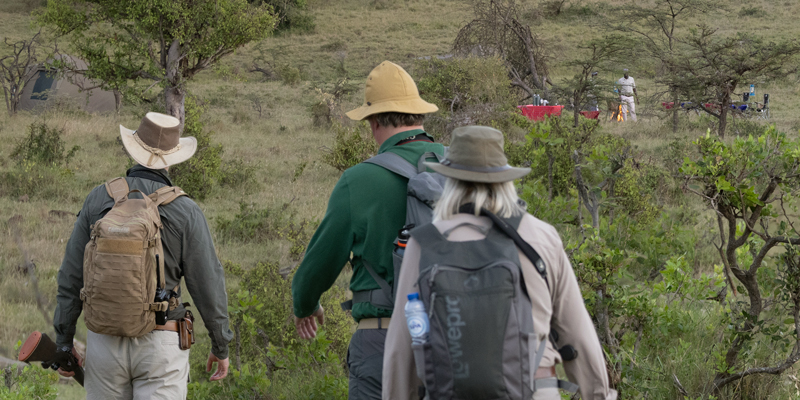
Walking safari
A walking safari offers a totally different experience from sitting in a game drive vehicle. It allows you to soak up the sounds, smells and the colours of the bush. Things get really exciting when you come across lions on foot.
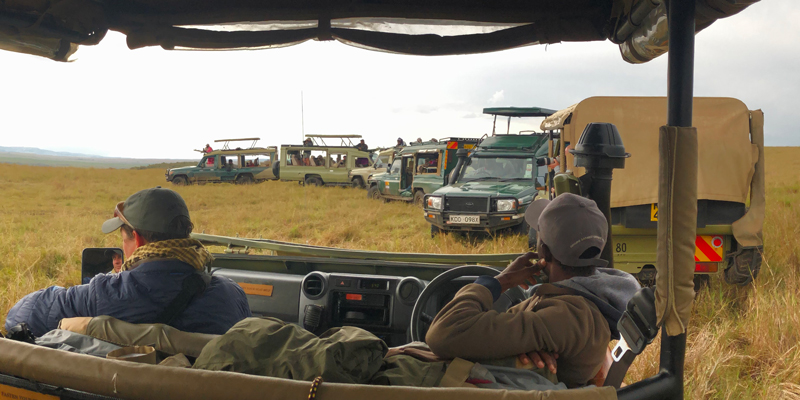
Getting the shot
Sadly it is becoming quite a challenge to observe natural animal behavior around prime predators. Drivers get pressured into getting close to animals and everybody is parking on top of each other to get the shot. Animals get crowded and harrassed and there seem to be no rules.
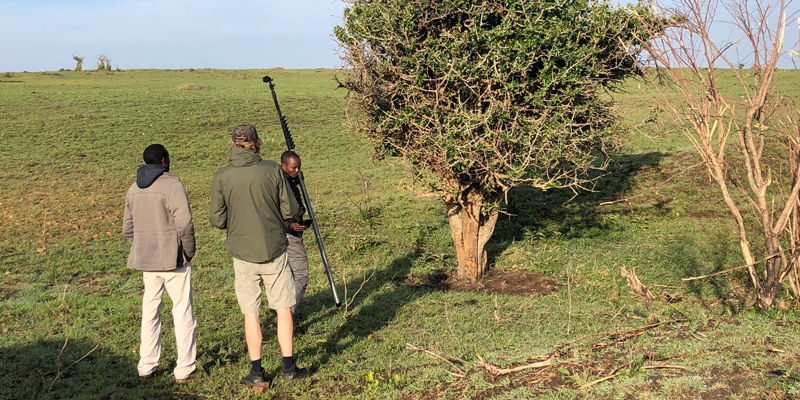
Endangered vultures
With the researcher of the Mara Raptor Project we found an active nest of a white headed vulture. They are critically endangered and their numbers are plummeting. By using a long pole with a GoPro attached we had an intimate look into the nest with a healthy chick.

